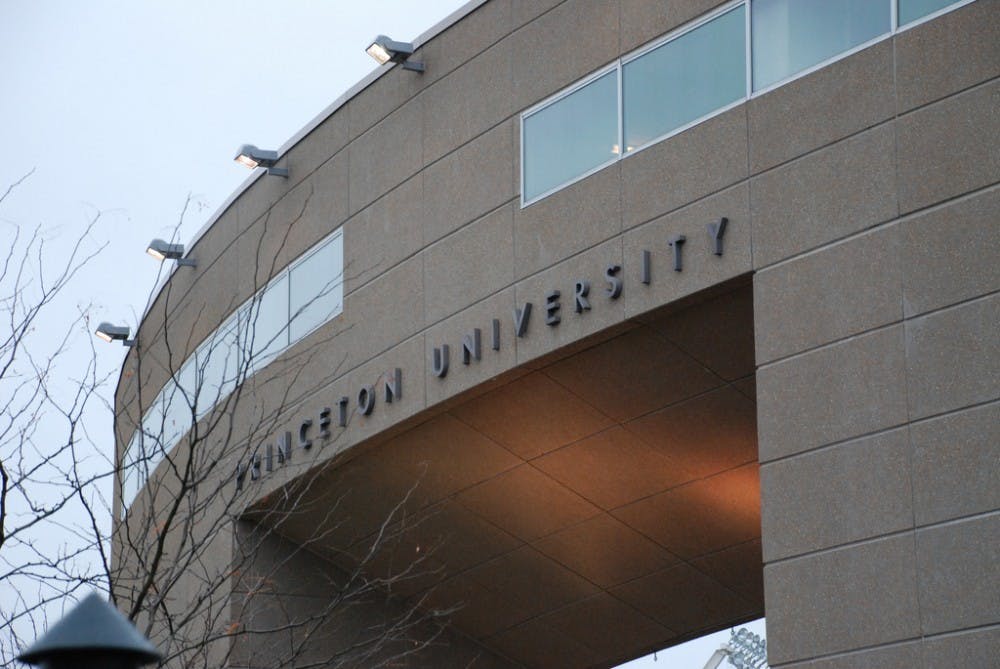On and off the field, college athletes, especially Black players who make up the majority of athletes in the revenue-generating football and basketball programs, have long been exploited for profit. As their coaches and schools make millions, athletes are forbidden from profiting off their skill and marketability. This was the status quo before the pandemic.
Since colleges put a pause on athletics in the spring, the coronavirus has ravaged the nation. Over 200,000 Americans have died, and the federal government has done basically nothing to slow the spread. Though the virus disproportionately infects and kills Black people, colleges are still resuming football.
This fall, colleges are forcing athletes to take on an even bigger risk than usual: putting their health — their lives really — on the line so that sports can continue. It’s one thing to ask a professional athlete to opt into a bubble, where their health risk is smaller and they can make money to support themselves and their families. It’s unconscionable to ask the same of a college athlete, especially without providing adequate health protections or compensation.
The health and wellbeing of students should be the number one priority of colleges and universities. But the actions of many schools this year have demonstrated that money is number one, and students’ health may as well not even be on the list.
Take the University of Georgia. The state has lost over 6,000 people to the coronavirus. Nevertheless, the university is not only having football, but is allowing over 20,000 fans — 25 percent of the stadium’s capacity — to congregate and watch in person. They deemed the stadium safe for football players and spectators, but tried to argue earlier this week that there was no suitable facility for in-person voting on campus. After enormous pressure, the school quickly reversed its decision regarding in-person voting, saying it would open its basketball stadium as a polling location. This again revealed the inverted priorities of the school. There, football — and thereby money — comes first. Not health, and certainly not democracy.
Those in favor of resuming sports argue that the coronavirus is less severe for young, healthy people. But they ignore the fact that death isn’t the only potential outcome of COVID-19. Already there have been instances of athletes experiencing heart complications from the disease. Red Sox pitcher Eduardo Rodriguez, for example, missed this season due to myocarditis, or heart inflammation, as a result of the coronavirus. Now the team is concerned about his ability to return next year, as Rodriguez hasn’t been able to work out consistently since he contracted the virus. So much remains unknown about the disease that no one can claim to definitively know its long-term effects.
The Big Ten admitted as much when it reversed its earlier decision, and committed to resuming college football this fall. The conference announced that “the 14 Big Ten institutions will establish a cardiac registry in an effort to examine the effects on COVID-19 positive student-athletes. The registry and associated data will attempt to answer many of the unknowns regarding the cardiac manifestations in COVID-19 positive elite athletes.” In that statement, administrators admit that they don’t know how the virus will affect athletes. However, rather than taking that uncertainty as a sign to pause sports, they chose to make athletes the guinea pigs in this experiment.
When LSU football coach Ed Orgeron says that “most” of the team has already contracted the virus, we have to understand that not as a relief because those players are now eligible for games, as Orgeron seemed to imply, but as evidence that the season should not go on as normal. COVID-19 is not a minor hurdle to get over so you can play football; it is an unpredictable, potentially devastating virus that affects everyone differently. Though many teams are not consistently reporting case numbers, it is only logical to assume that LSU is not unique.

Resuming sports amidst pandemic doesn’t just hurt the athletes. The harder schools work to make athletics viable, the more resources are taken away from other students. While athletes in the Big Ten will get daily antigen tests, non-athlete students at those same schools will not, even as many schools are already dealing with outbreaks of the virus. Moreover, many schools reopened for in-person teaching in order to play sports this fall, putting the entire campus community at risk.
The actions of these schools mirror the misguided priorities of the country. Rather than focusing on reducing transmission and providing students, faculty, and staff with the resources they need to stay home, schools are attempting to return to normal, no matter the reality of the pandemic.
Back in July, as Major League Baseball was approaching its return, Washington Nationals pitcher Sean Doolittle told reporters, “We haven’t done any of the things that other countries have done to bring sports back. Sports are like the reward of a functioning society. And we’re trying to just bring it back, even though we’ve taken none of the steps to flatten the curve.” Three months and tens of thousands of deaths later, as a country we still have not done the mitigation Doolittle referred to. We still don’t deserve a reward.
The return of college football is not a positive sign of a country overcoming the pandemic; it is yet another example of a society unwilling to face the reality of the pandemic. And once again, young people and people of color will pay the price while the powerful profit.

Julia Chaffers is a junior from Wellesley, Mass. She can be reached at chaffers@princeton.edu.








